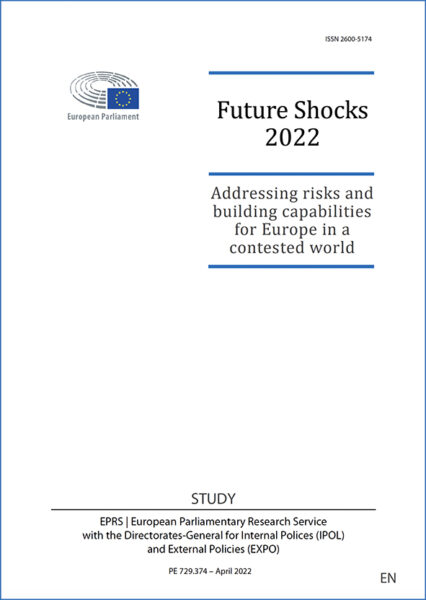The European Community has grown from the six founder member states who created it after the Second World War to the present 25. The European Union now stretches from the Atlantic in the west to the Carpathians in the east, from Scandinavia in the north to the Mediterranean in the south, not forgetting the “ultra-peripheral” areas, such as the French overseas territories, the Spanish Canary Islands or the Portuguese island of Madeira. Other countries are expecting to join in 2007 (Rumania and Bulgaria), or are official candidates for membership (Turkey) or are waiting in the queue (the Balkan countries, for example). But can the EU continue to expand despite becoming somewhat bogged down politically and the fact that the latest enlargement was somewhat half-hearted? And if the answer is yes, how many more countries should be admitted, and on what basis and according to what criteria?
Jean-François Drevet, an expert on European issues, surveys the current state of the Union and the policies already under way or to come with regard to its relations with its neighbours in the broadest sense (from the former Soviet Union to the southern Mediterranean countries). He argues that the motives behind expansion have always been basically political (e.g. to shore up democracies) and presents the policies that could be envisaged in dealing with countries on the fringes of Europe. He concludes by pointing out that past policies have created many precedents that will complicate negotiations with most of the countries wishing to join the EU; the solution may be to stress the notion of a “circle of friends”.
Europe and its Outskirts
Cet article fait partie de la revue Futuribles n° 321, juil.-août 2006

